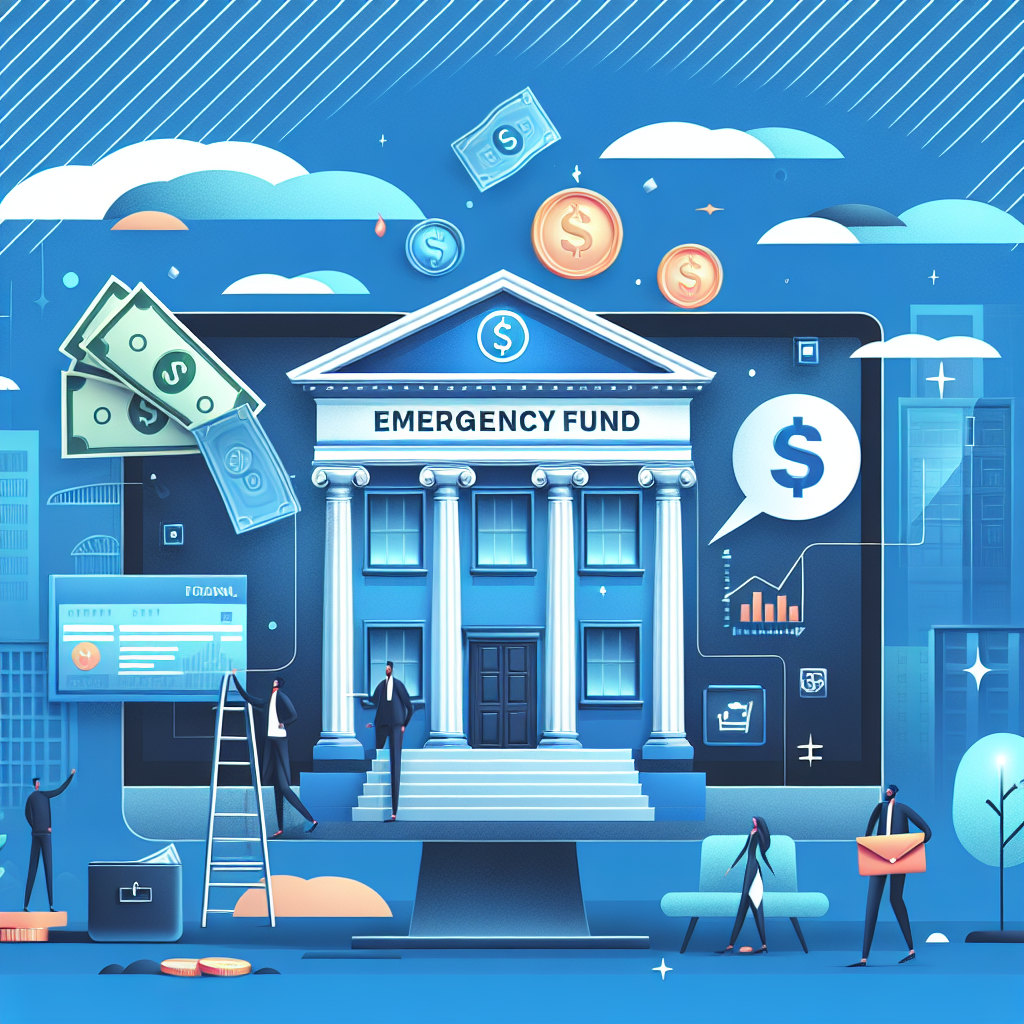
Building an emergency fund is an essential financial safety net, especially for beginners looking to secure their future in India. As of October 2025, having a robust emergency fund can protect you from unforeseen expenses and provide peace of mind.
In this post, we will explore the latest trends, updates, and best practices in emergency fund building. You'll learn how to start, the benefits, and common pitfalls to avoid, ensuring you're well-prepared for any financial surprises.
📚 Table of Contents
- What is Emergency Fund Building?
- Latest Updates & Features (October 2025)
- How It Works / Step-by-Step
- Benefits of Emergency Fund Building
- Drawbacks / Risks
- Example / Comparison Table
- Common Mistakes & How to Avoid
- FAQs on Emergency Fund Building
- Key Takeaways
- Conclusion / Final Thoughts
- Useful Resources
- Related Posts
What is Emergency Fund Building?
Emergency fund building involves setting aside money to cover unexpected expenses such as medical emergencies, car repairs, or job loss. As of October 2025, a recommended target is to save enough to cover three to six months of essential living expenses. For instance, if your monthly expenses are ₹30,000, you should aim for ₹90,000 to ₹180,000 as your emergency fund.
Latest Updates & Features (October 2025)
- Digital Savings Platforms: New platforms like SaveSmart have simplified automated savings, allowing users to set goals and track progress effortlessly.
- Increased Interest Rates: As of October 2025, many banks in India offer competitive interest rates on savings accounts, enhancing fund growth.
- Flexible Withdrawal Options: Recent updates have introduced more flexible withdrawal terms, making it easier to access funds without penalties.
- Financial Literacy Programs: Initiatives by government and NGOs are promoting financial literacy, helping more people understand the importance of emergency funds.
- AI-Powered Budgeting Tools: Innovative apps now use AI to provide personalized savings tips, improving fund-building strategies.
How It Works / Step-by-Step
- Set Your Goal: Calculate your monthly expenses and set a target for your emergency fund.
- Open a Dedicated Account: Use a high-interest savings account to keep your fund separate from daily expenses.
- Automate Savings: Set up automatic transfers to your emergency fund account each month.
- Review Regularly: Check your fund's progress and adjust contributions if necessary.
- Avoid Withdrawals: Only use the fund for genuine emergencies.
Benefits of Emergency Fund Building
- Financial Security: Provides a safety net during unexpected events.
- Peace of Mind: Reduces stress by knowing you're prepared.
- Avoids Debt: Minimizes the need for high-interest loans during emergencies.
- Encourages Saving Habits: Instills a disciplined approach to personal finance.
- Boosts Confidence: Empowers you to make financial decisions without fear.
Drawbacks / Risks
- Opportunity Cost: Money in a savings account may yield lower returns compared to investments.
- Inflation Impact: Inflation can erode the fund's purchasing power over time.
- Over-Saving: Excessive focus on emergency funds may limit investment opportunities.
- Accessibility: Too-easy access might tempt unnecessary withdrawals.
Example / Comparison Table
| Feature | SaveSmart Platform | Traditional Savings | Pros/Cons |
|---|---|---|---|
| Interest Rates | Competitive | Moderate | Higher growth potential |
| Withdrawal Flexibility | High | Moderate | Easier access in emergencies |
| Automation | Yes | No | Simplifies saving process |
| Fees | Low | None | SaveSmart has minimal fees |
📢 Share this post
Found this helpful? Share it with your network! 🚀
Financial Blogger
Data Engineering Expert & BI Developer
Passionate about helping businesses unlock the power of their data through modern BI and data engineering solutions. Follow for the latest trends in Snowflake, Tableau, Power BI, and cloud data platforms.
Post a Comment
Thank U For ur Comments